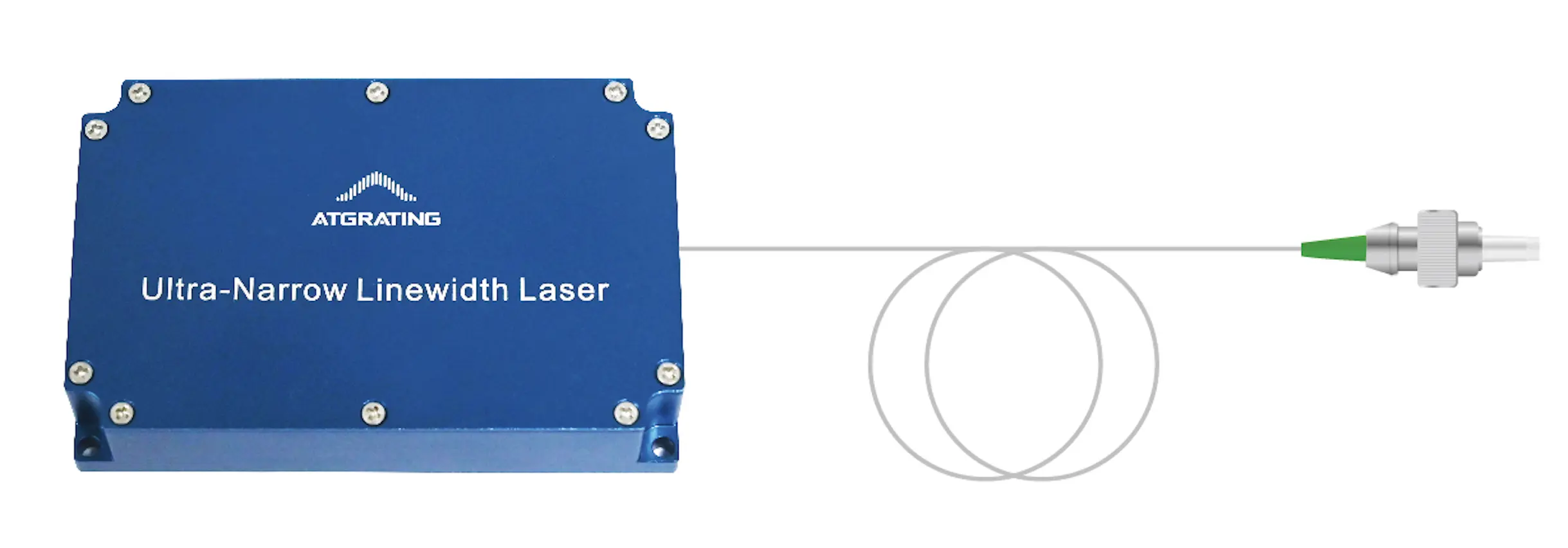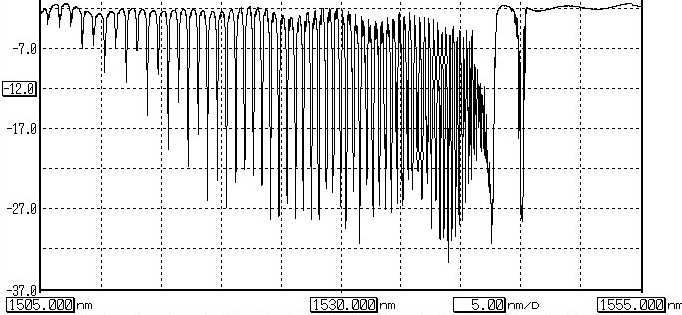
Optical fiber sensor is based on optical quantity conversion, takes optical signal as the carrier of transformation and transmission, and uses optical fiber to transmit optical signal. Sensors are now on the road to being sensitive, accurate, adaptable, compact and intelligent. The average annual growth rate of the global fiber optic sensor consumption value is as high as 20.3%.
Fiber optic sensors are developing in the direction of being sensitive, accurate, adaptable, compact and intelligent. In this process, fiber optic sensors, a new member of the sensor family, are favored. Optical fibers have many excellent properties, such as: resistance to electromagnetic and atomic radiation interference, mechanical properties of fine diameter, softness and light weight; electrical properties of insulation and non-induction; chemical properties of water resistance, high temperature resistance, corrosion resistance, etc., it can play the role of people's ears and eyes in places that people can't reach (such as high temperature areas) or areas that are harmful to people (such as nuclear radiation areas), and it can also transcend people's physiological boundaries and receive people's senses unperceived external information.
Optical fiber sensor is based on optical quantity conversion, takes optical signal as the carrier of transformation and transmission, and uses optical fiber to transmit optical signal. Optical fiber sensor is mainly composed of light source, optical fiber (optical fiber for short), light detector and additional devices. There are many types of light sources, commonly used light sources include tungsten filament lamps, lasers and light-emitting diodes. Optical fibers are thin, flexible, and bendable, and are transparent fibers that can guide light.
The reason why the optical transducer can transmit optical information is because it uses the principle of total reflection in optics, that is, light with an incident angle greater than the critical angle of total reflection can be totally reflected at the interface between the fiber core and the cladding, and the reflected light remains. Incident to the opposite interface at the same angle, in this way, the light will repeatedly undergo total reflection between the interfaces of the optical fiber and transmit. Additional devices are mainly mechanical parts, which vary with the type of parameter being measured and the method of measurement.
(1) Oil and Gas - Reservoir Monitoring Downhole sensing, seismic arrays, energy industry, power plants, boilers and steam turbines, power cables, turbine transport, oil refineries.
(2) Aerospace - jet engines, rocket propulsion systems, airframes.
(3) Civil infrastructure - bridges, dams, roads, tunnels, landslides.
(4) Transportation - railway monitoring, weight in motion, transportation safety.
(5) Biomedicine - Optical fiber sensing is used for medical temperature and pressure measurement, intracranial pressure measurement, minimally invasive surgery, and disposable probes.

